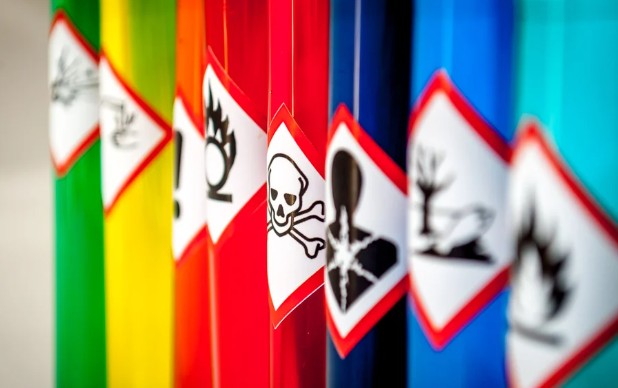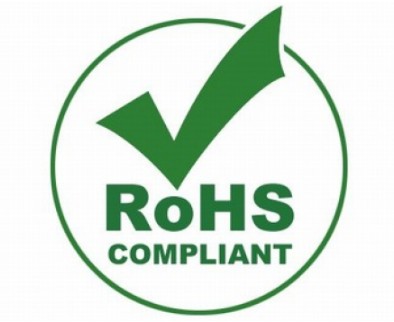The European Union has taken another significant step toward reducing hazardous substances in electronic products. In May 2024, the EU published Directive (EU) 2024/1416, which tightens the restrictions on cadmium use in certain LED applications, especially quantum dot technology. At the same time, updates to other RoHS exemptions — including those involving lead in PVC and solder — could reshape the compliance landscape for LED display component suppliers.

For LED package manufacturers and display integrators, these changes are not just regulatory updates; they signal a shift toward stricter, more transparent, and more sustainable product requirements.
The Restriction of Hazardous Substances (RoHS) Directive limits the use of substances such as lead, cadmium, mercury, and certain flame retardants in electrical and electronic equipment. The 2024 update includes several important changes that will impact LED components:
End of 39(a) Exemption: The exemption allowing cadmium in quantum dots for display and projection applications will expire on 21 November 2025.
New 39(b) Rule: A narrower exemption applies only to cadmium in quantum dots directly deposited on LED chips, with strict limits:
Lead in Recycled PVC: From 28 May 2026, any electrical components containing recycled PVC with ≥ 0.1% lead must carry a clear label stating “Contains ≥ 0.1% lead”.
Upcoming Lead Exemption Expirations: Several long-standing exemptions for lead in solders, glass, and ceramic components will expire between 2026 and 2027 unless renewed.

While the updated rules may seem aimed at downstream finished products, the effects ripple back through the entire LED supply chain.
Manufacturers using cadmium-containing quantum dots in LED chips — often for wide-gamut color displays — will face tighter design constraints. Meeting the ≤ 5 μg/mm² limit will require:
Suppliers providing LED modules or components with recycled PVC elements will need to ensure accurate labeling. Even if you do not directly manufacture housings or cables, being aware of your customers’ material choices is essential for compliance support.
With lead exemptions in solders and certain glass/ceramic parts set to expire, suppliers should:
To stay competitive in markets with strict environmental regulations, LED component suppliers should adopt a proactive approach:
The 2024 RoHS update reflects a broader EU trend toward stricter environmental policies — sometimes referred to as “RoHS 4” in industry discussions. The timeline for exemptions is narrowing, and transparency requirements are growing.
For LED display component suppliers, these regulations are both a challenge and an opportunity: those who can meet or exceed compliance requirements will be well-positioned to win contracts in high-value, export-oriented markets.
EU RoHS compliance is no longer just a checkbox exercise; it is a competitive differentiator. By understanding the latest regulatory changes and aligning product design with future compliance demands, LED component suppliers can secure their place in the next generation of high-performance, environmentally responsible LED displays.